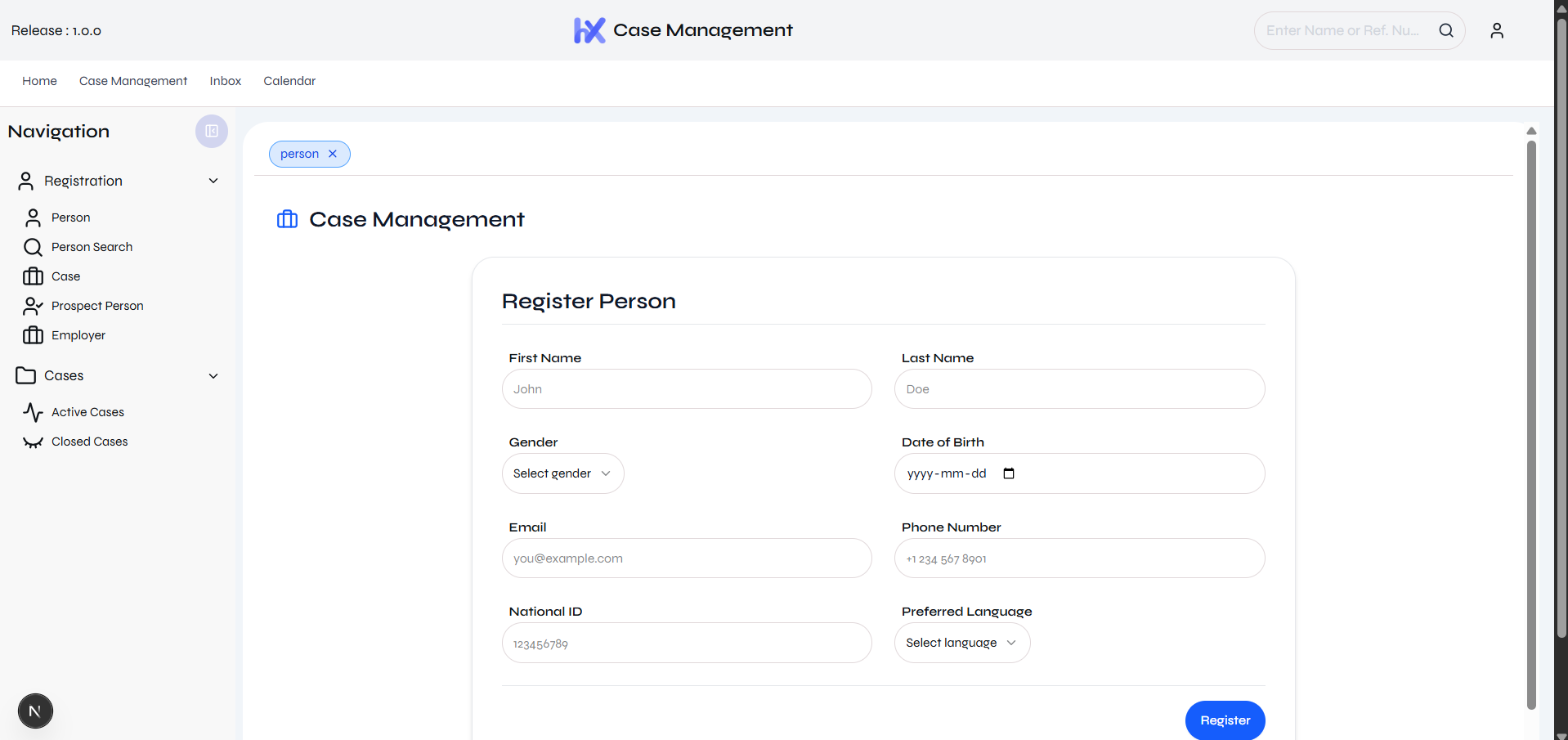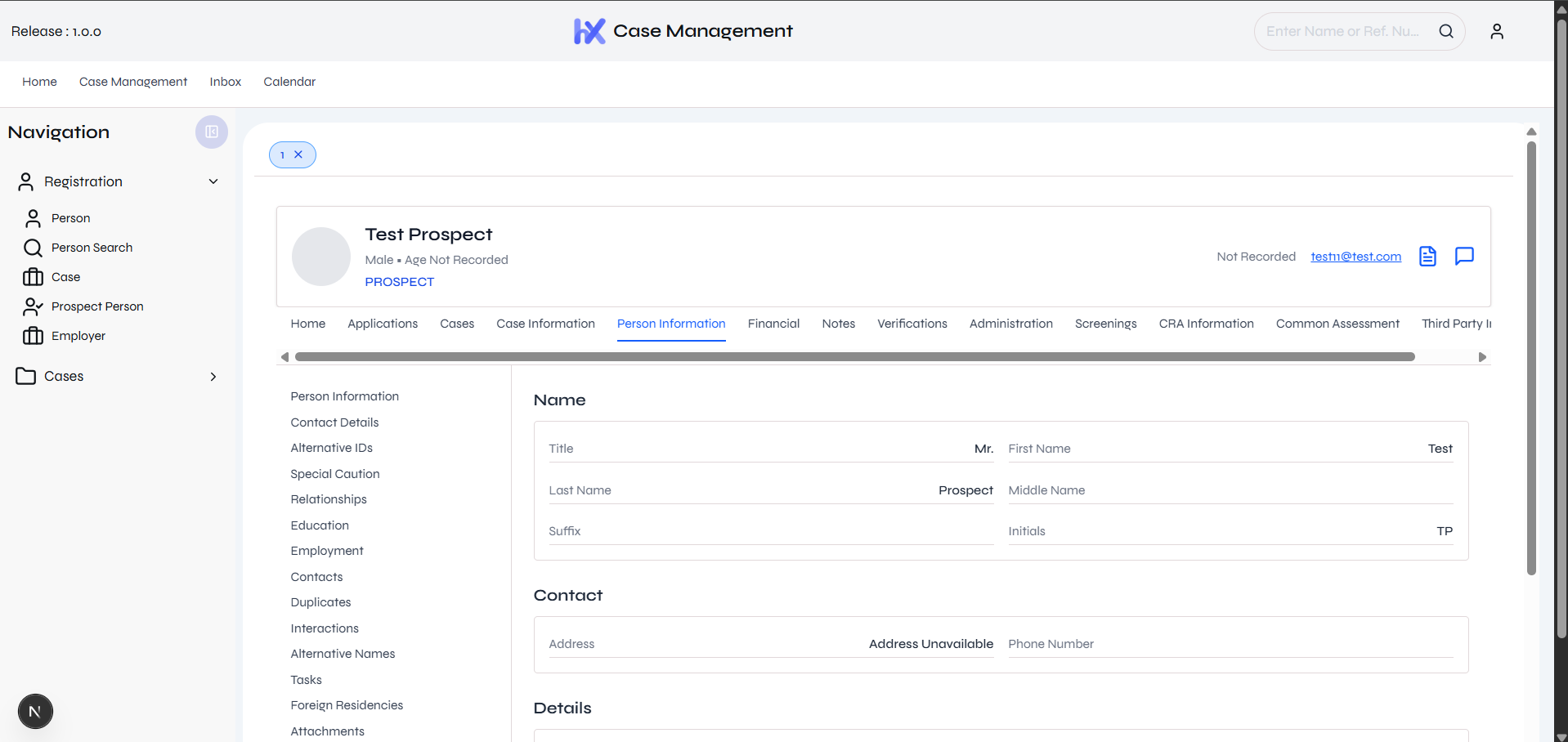This modular CRM platform is a modern reimagination of IBM Cúram—designed for organizations that require flexible, maintainable, and scalable case management systems. Built from the ground up using open-source tools and modern frameworks, it empowers teams to configure interfaces, data models, and workflows through centralized metadata, rather than code.
Why a configurable CRM?
IBM Cúram is widely adopted in the public sector for its powerful rule engine and structured data modeling, but it comes with high operational overhead, limited extensibility, and steep learning curves.
This project was born from the idea that enterprise-grade CRM systems can be just as powerful but far more agile. By abstracting forms, layouts, and workflows into editable metadata stored in MongoDB, the system enables faster iterations, easier updates, and role-specific views—without requiring full-stack rewrites.
Metadata-powered architecture
At the heart of the system is a dynamic rendering engine that reads schema documents and builds the application at runtime. Key components include:
-
Dynamic Forms
Field types, validations, layouts, and business logic are fully schema-driven—editable by non-developers. -
Entity-Based Routing
CRUD operations and detail views are registered automatically via metadata—no need to hardcode routes or view logic. -
Modular UI Components
The frontend (built in React or Angular) renders form groups, detail panels, dashboards, and list views based entirely on configuration—making the system reusable and easily maintainable.
Early UI Previews

The platform is still in active development, but early screens already demonstrate how metadata can drive rich UI experiences with minimal code changes.

Built with scalability in mind
- Frontend: NextJs + Ontario Design System (optional Angular version also available)
- Backend: Spring Boot with REST APIs
- Database: MongoDB (for metadata, schema, entity data)
- Infra: Docker, GitHub Actions, Cloudflare Workers (optional edge execution)
This architecture makes it possible to onboard new business domains or departments in days—not months—by simply updating metadata.
Final thoughts
Building this platform has been a deep technical challenge, especially around balancing flexibility with maintainability. But the result is a system that can serve as a foundation for many types of enterprise and public-sector applications—from case management to intake, support, referrals, or outreach.
→ Want to learn more or discuss a use case?
Reach out at parbadid@mcmaster.ca